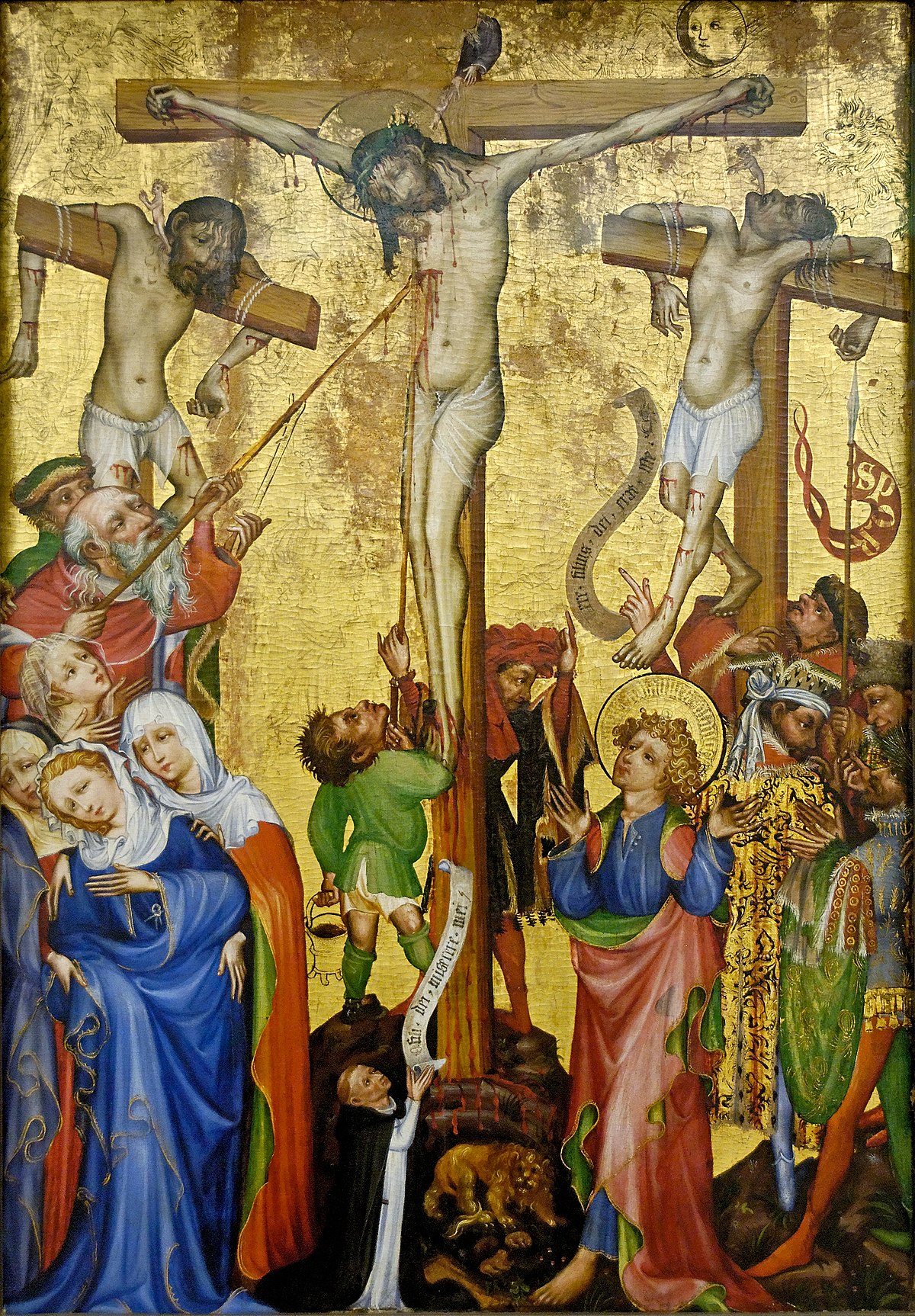David Davidovich
Well-Known Member
About a month or so ago, I was talking to someone about misconceptions in religious beliefs who adamantly believed that Jesus died on an upright stake.

However, the archaeological evidence dictates that Jesus was crucified on a cross. But the person that I was talking to wasn't having any of that. But here is some information from an article on the internet:
Therefore, I'm not looking for a debate, however, I would like to get information from people who know what the historical and archaeological evidence shows about this topic. Also, I would like to note that I am NOT looking for answers such as: 'What difference does it make how Jesus died, just as long as we know that he died?' or answers such as that. Thank you for your participation.
However, the archaeological evidence dictates that Jesus was crucified on a cross. But the person that I was talking to wasn't having any of that. But here is some information from an article on the internet:
From ancient literary sources we know that tens of thousands of people were crucified in the Roman Empire. In Palestine alone, the figure ran into the thousands. Yet until 1968 not a single victim of this horrifying method of execution had been uncovered archaeologically.
In that year I excavated the only victim of crucifixion ever discovered. He was a Jew, of a good family, who may have been convicted of a political crime. He lived in Jerusalem shortly after the turn of the era and sometime before the Roman destruction of Jerusalem in 70 A.D.
Before examining the osteological evidence, I should say a little about crucifixion. Many people erroneously assume that crucifixion was a Roman invention. In fact, Assyrians, Phoenicians and Persians all practiced crucifixion during the first millennium B.C. Crucifixion was introduced in the west from these eastern cultures; it was used only rarely on the Greek mainland, but Greeks in Sicily and southern Italy used it more frequently, probably as a result of their closer contact with Phoenicians and Carthaginians.1
During the Hellenistic period, crucifixion became more popular among the Hellenized population of the east. After Alexander died in 323 B.C., crucifixion was frequently employed both by the Seleucids (the rulers of the Syrian half of Alexander’s kingdom) and by the Ptolemies (the rulers of the Egyptian half).
Among the Jews crucifixion was an anathema. (See Deuteronomy 21:22–23: “If a man is guilty of a capital offense and is put to death, and you impale him on a stake, you must not let his corpse remain on the stake overnight, but must bury him the same day. For an impaled body is an affront to God: you shall not defile the land that the Lord your God is giving you to possess.”)
The traditional method of execution among Jews was stoning. Nevertheless, crucifixion was occasionally employed by Jewish tyrants during the Hasmonean period. According to Josephus,2 Alexander Jannaeus crucified 800 Jews on a single day during the revolt against the census of 7 A.D.
Once a defendant was found guilty and was condemned to be crucified, the execution was supervised by an official known as the Carnifix Serarum. From the tribunal hall, the victim was taken outside, stripped, bound to a column and scourged. The scourging was done with either a stick or a flagellum, a Roman instrument with a short handle to which several long, thick thongs had been attached. On the ends of the leather thongs were lead or bone tips. Although the number of strokes imposed was not fixed, care was taken not to kill the victim. Following the beating, the horizontal beam was placed upon the condemned man’s shoulders, and he began the long, grueling march to the execution site, usually outside the city walls. A soldier at the head of the procession carried the titulus, an inscription written on wood, which stated the defendant’s name and the crime for which he had been condemned. Later, this titulus was fastened to the victim’s cross. When the procession arrived at the execution site, a vertical stake was fixed into the ground. Sometimes the victim was attached to the cross only with ropes. In such a case, the patibulum or crossbeam, to which the victim’s arms were already bound, was simply affixed to the vertical beam; the victim’s feet were then bound to the stake with a few turns of the rope.Crucifixion—The Archaeological Evidence
Therefore, I'm not looking for a debate, however, I would like to get information from people who know what the historical and archaeological evidence shows about this topic. Also, I would like to note that I am NOT looking for answers such as: 'What difference does it make how Jesus died, just as long as we know that he died?' or answers such as that. Thank you for your participation.


